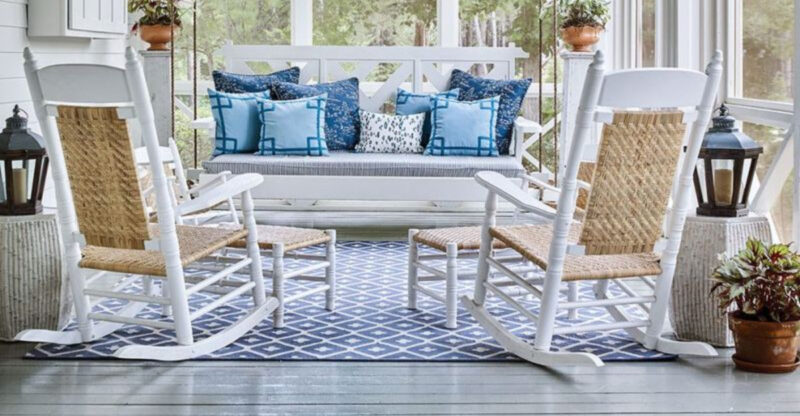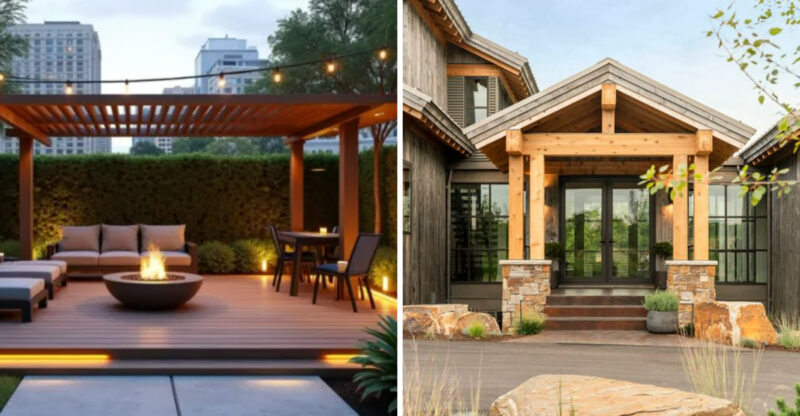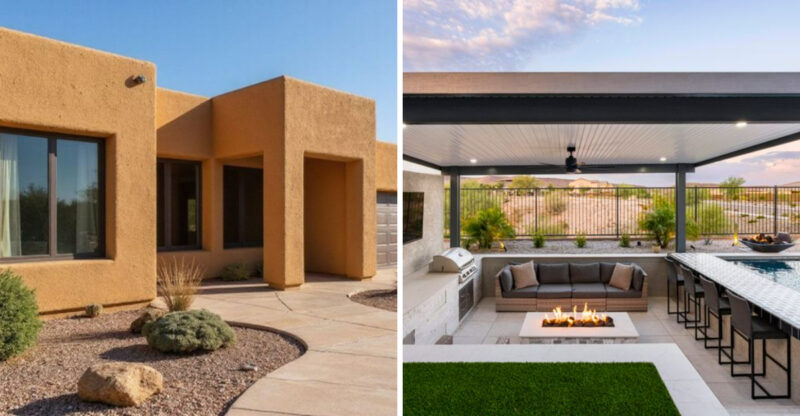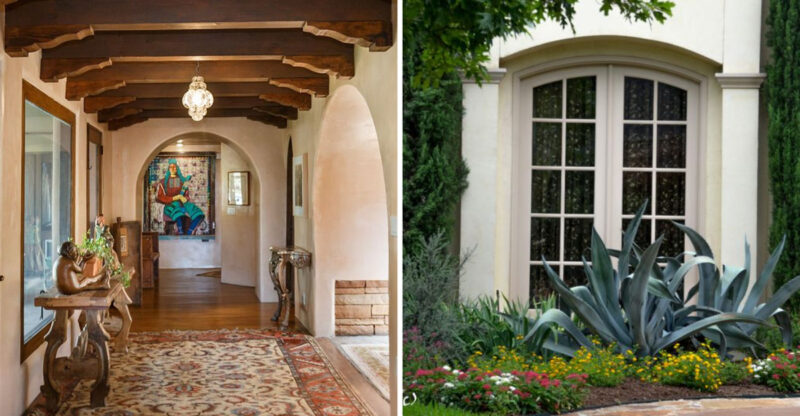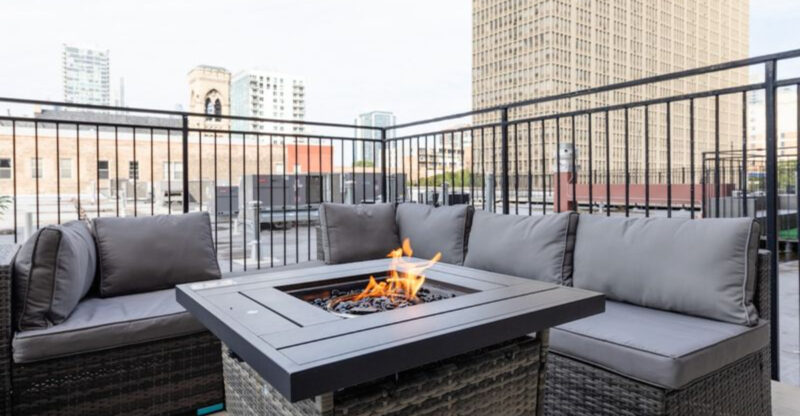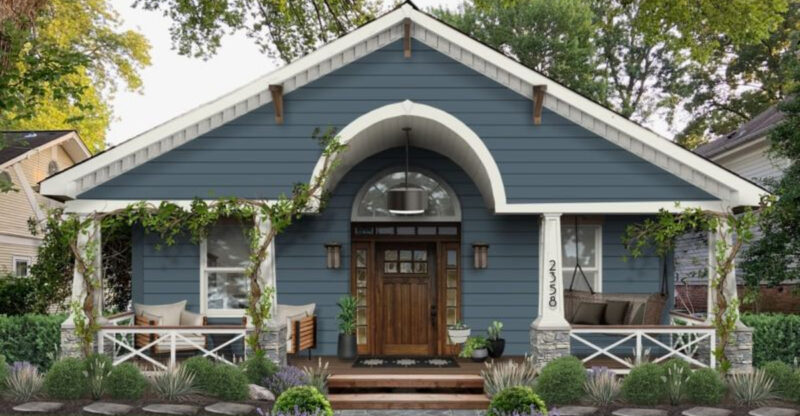10 Classic Curb Appeal Styles From Historic Washington Streets That Might Not Age Well
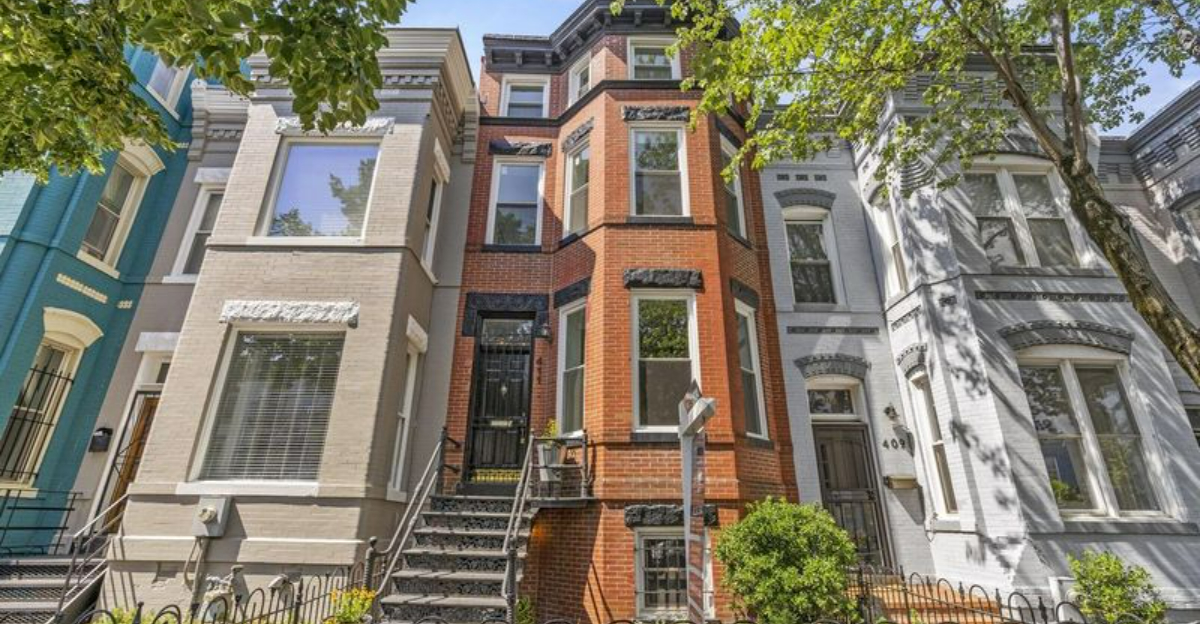
Walking through Washington’s historic neighborhoods feels like stepping back in time, with charming homes showcasing distinctive architectural elements that have defined the region for generations.
While many of these classic curb appeal features still captivate passersby, some design choices that once signaled sophistication now appear dated or impractical. I’ve explored these storied streets and noticed several once-beloved exterior styles that modern homeowners might want to reconsider before their next renovation.
1. Ornate Victorian Gingerbread Trim
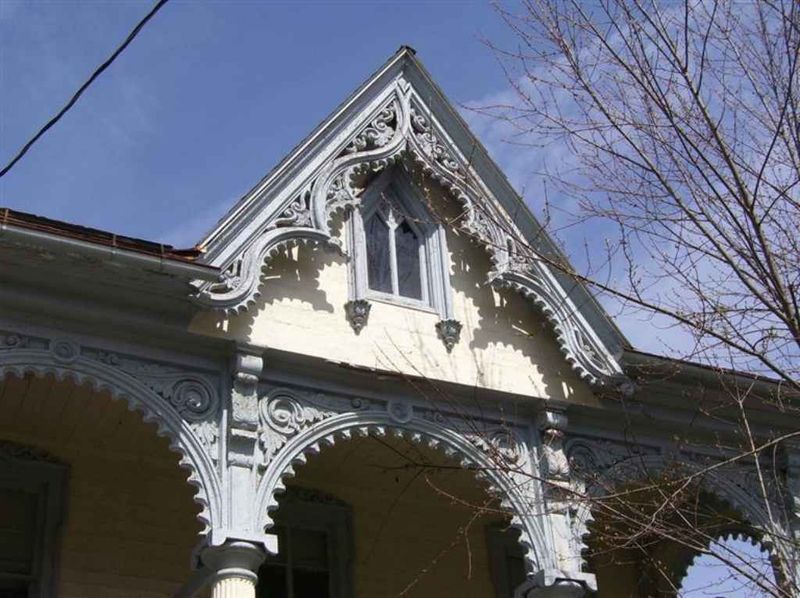
Remember those intricately carved wooden details adorning many Capitol Hill Victorians? They’re beautiful but incredibly high-maintenance. Rain and humidity cause constant rotting issues, requiring specialized craftspeople for repairs.
Most homeowners eventually replace these delicate features with simpler alternatives after facing years of expensive upkeep. Modern materials attempting to mimic the look often fall short, creating an uncanny valley effect that cheapens rather than enhances curb appeal.
2. Formal Boxwood Parterres
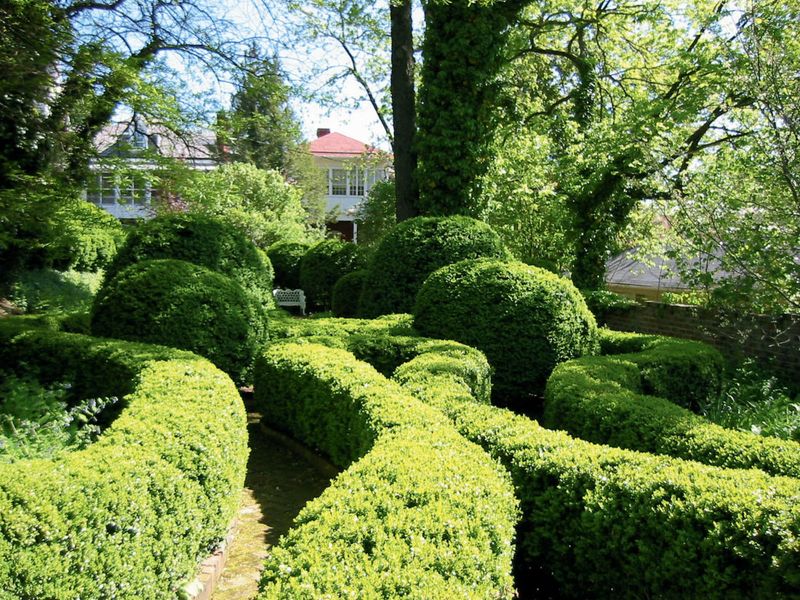
Georgetown’s manicured boxwood gardens once symbolized wealth and refinement. Climate change has made these traditional plantings increasingly problematic, with boxwood blight spreading through neighborhoods and decimating these once-pristine hedges.
The rigid geometric patterns also clash with today’s preference for sustainable, native landscaping. Water restrictions during increasingly hot summers mean these thirsty formal gardens demand constant attention and resources that conflict with modern environmental values.
3. Wrought Iron Security Bars
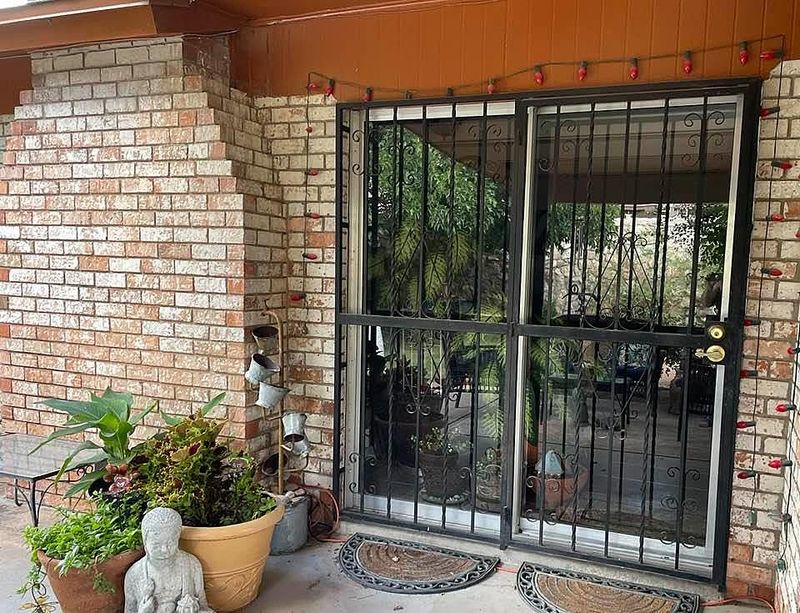
You’ll spot these ornamental security features throughout Shaw and Anacostia on century-old homes. While offering protection, they create an unwelcoming fortress-like appearance that contradicts today’s desire for open, inviting facades.
Modern security systems provide better protection without the prison-like aesthetic. Plus, these fixed barriers create dangerous fire hazards by blocking emergency exits. Their association with high-crime eras has also stigmatized neighborhoods trying to shed outdated reputations.
4. Concrete Lawn Jockeys
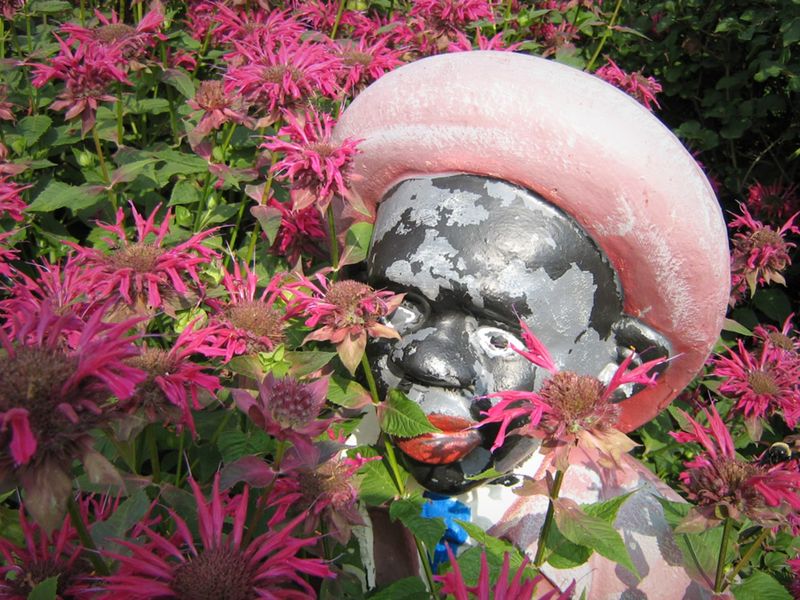
Once scattered throughout Foggy Bottom’s historic properties, these controversial lawn ornaments carry deeply problematic racial connotations that have no place in modern landscaping. Their presence makes properties instantly feel outdated and unwelcoming.
Contemporary homeowners have rightfully removed these offensive decorations. The heavy concrete bases often damage underlying surfaces when removed, requiring additional restoration work. Their association with plantation aesthetics conflicts with Washington’s evolution toward inclusivity and respect.
5. Faux Colonial Shutters
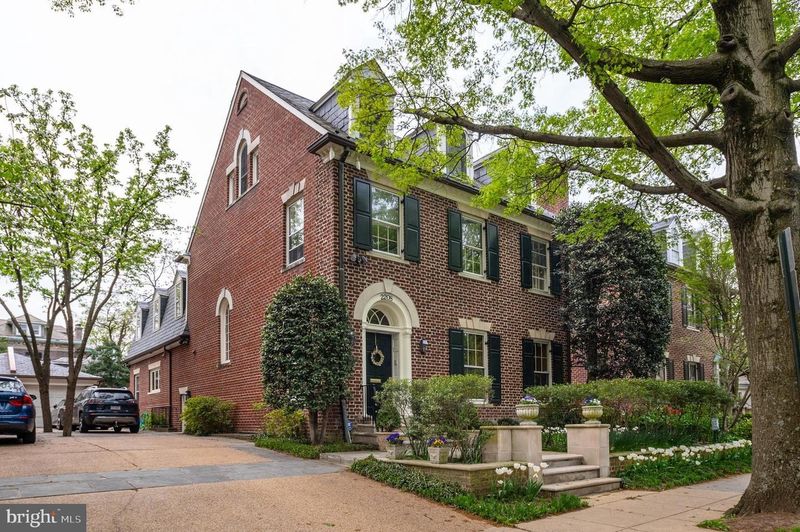
Stroll through Kalorama and you’ll notice non-functional decorative shutters that wouldn’t actually cover the windows they flank. Originally designed for practical weather protection, these vestigial elements now just collect dust and fade unevenly in the sun.
Architectural purists cringe at shutters installed incorrectly – too small, permanently fixed, or missing proper hardware. The plastic versions that replaced traditional wooden shutters crack and warp within years. This half-hearted historical nod ends up looking more like architectural confusion than classic charm.
6. Stamped Concrete Driveways
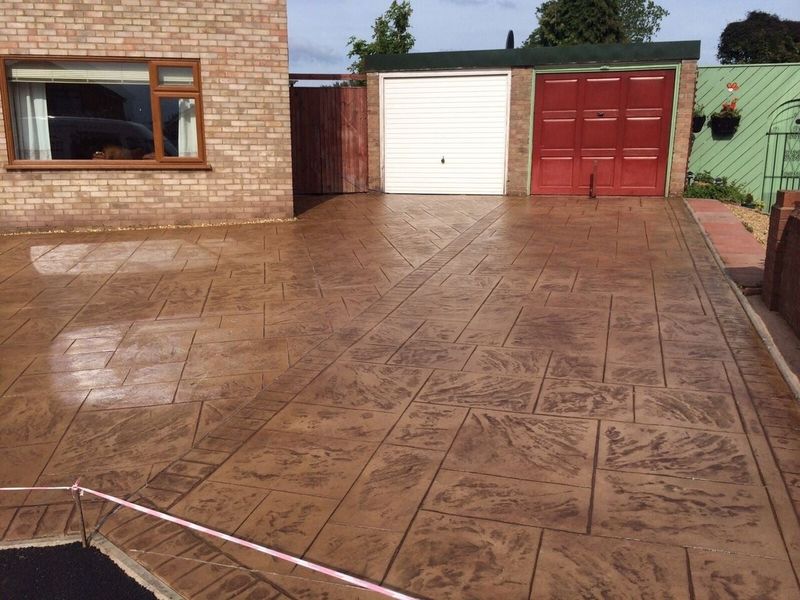
Around Embassy Row, these faux-brick or cobblestone driveways were all the rage in the 1990s. The intricate patterns quickly collect dirt in the stamped crevices, making them nearly impossible to keep clean in Washington’s humid climate.
Freeze-thaw cycles cause these surfaces to crack in unpredictable patterns that can’t be easily patched. The dyes used to color the concrete fade unevenly, creating a mottled appearance within just a few years. Modern homebuyers increasingly prefer permeable paving options that address stormwater management concerns.
7. Asbestos Siding Shingles
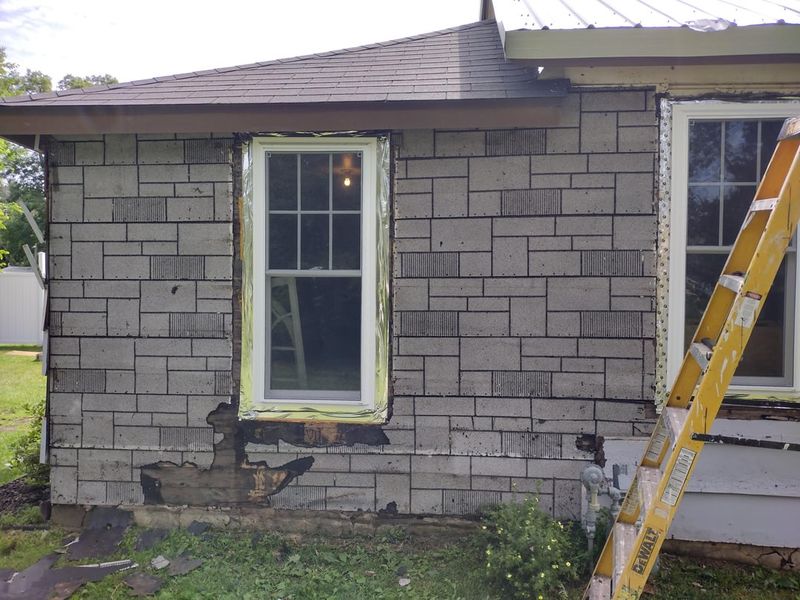
The distinctive scalloped pattern of these fireproof shingles covers many Brookland bungalows. Despite their durability, the known health hazards of asbestos make these homes increasingly difficult to sell without costly remediation.
I’ve watched homeowners face shocking quotes for proper removal – often tens of thousands of dollars. The dated appearance signals maintenance headaches to potential buyers. Even homes with perfectly intact asbestos siding face stigma and reduced property values compared to updated neighboring properties.
8. Aluminum Awnings
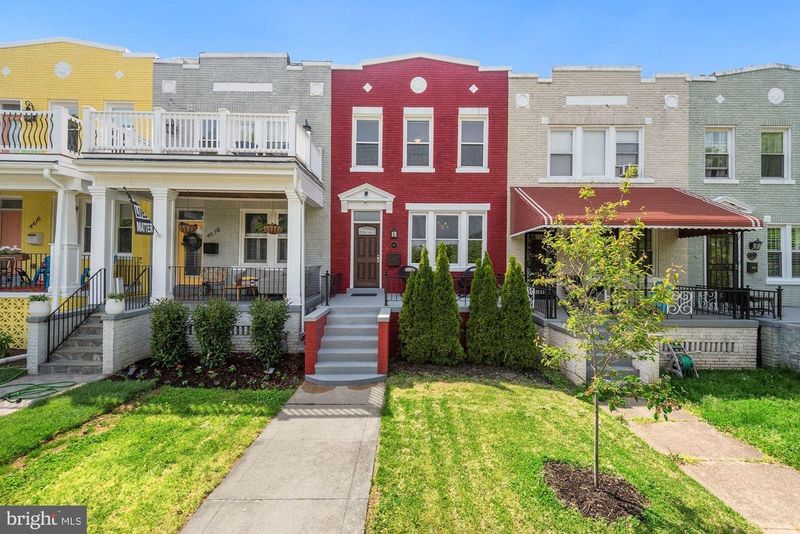
Those striped metal awnings that once adorned windows throughout Petworth protected interiors from harsh sun before air conditioning became widespread. Their corrugated surfaces now collect leaves, making them bird and insect magnets that create constant cleaning challenges.
The thin metal dents easily during storms and develops unsightly rust spots. Modern energy-efficient windows have eliminated the practical need for these dated accessories. Their association with mid-century commercial buildings rather than residential architecture makes homes look oddly institutional.
9. Chain-Link Fencing
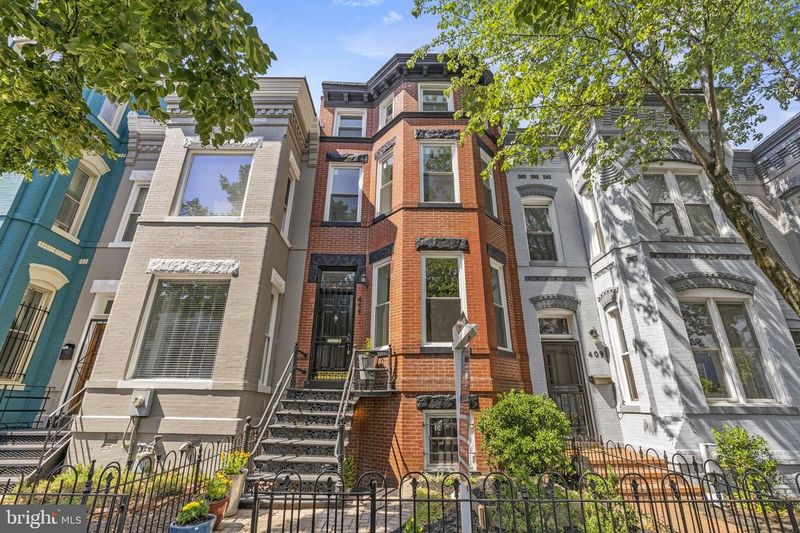
Practical but prison-like, these utilitarian barriers encircle many historic Bloomingdale properties. The galvanized metal develops an unattractive patina that no amount of vinyl coating seems to improve for long in Washington’s humid climate.
Contemporary homeowners prefer fencing options that enhance rather than detract from architectural details. The industrial appearance clashes dramatically with the ornate Victorian and Edwardian facades prevalent in these historic districts. Neighborhood associations increasingly discourage these fences that lower overall street appeal and property values.
10. Astroturf Porches
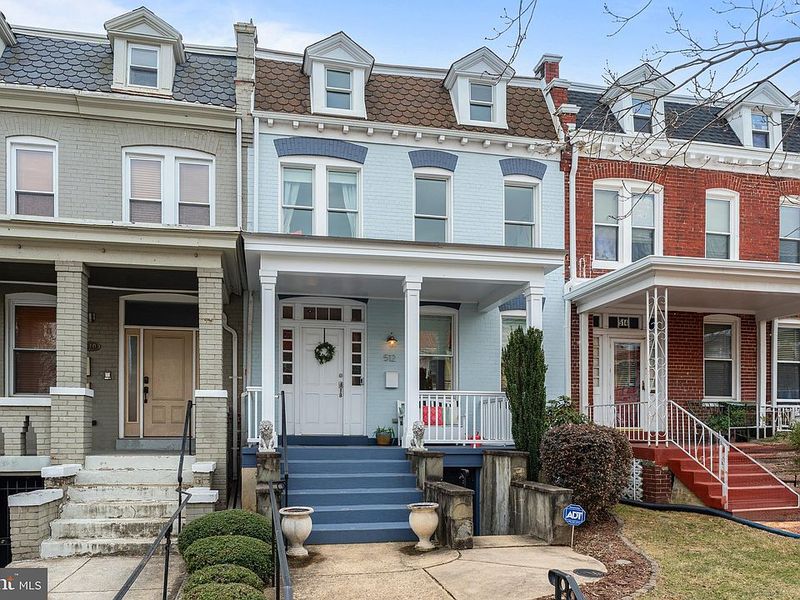
Remember those bright green carpeted front porches throughout Columbia Heights? This low-maintenance solution for covering damaged wood decking traps moisture underneath, accelerating structural rot while creating perfect conditions for mold growth.
The artificial material fades to an unnatural blue-green hue after exposure to Washington’s intense summer sun. Rain creates persistent puddles that never quite dry. Beyond the practical issues, the unmistakably fake appearance immediately signals dated design choices to potential homebuyers and creates an unwelcoming first impression.

